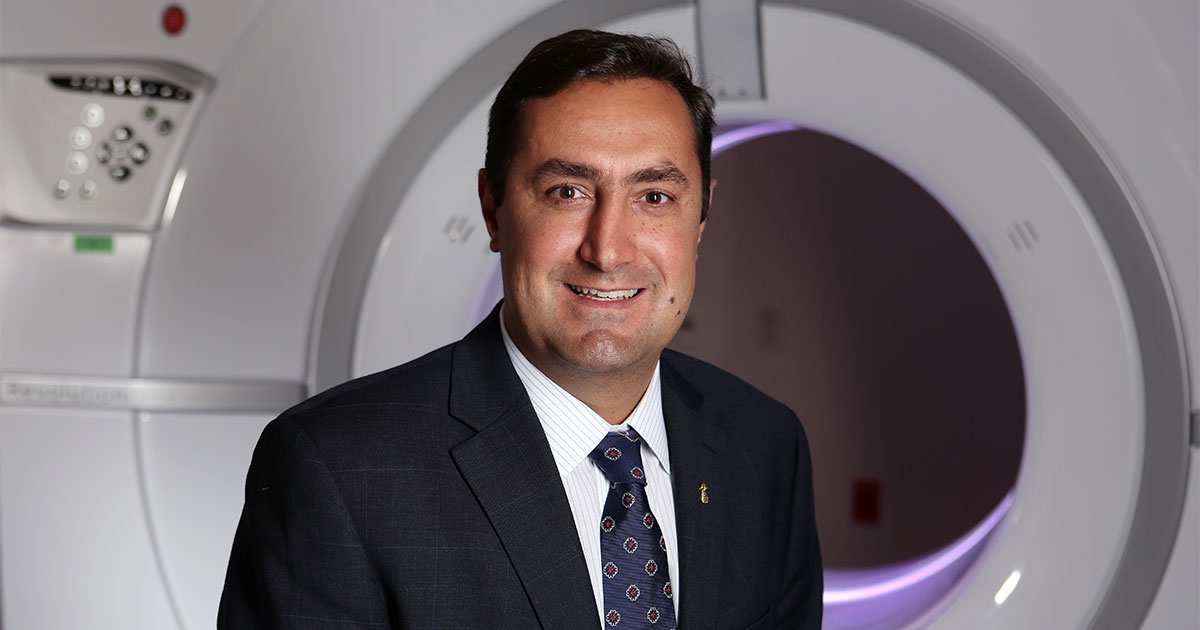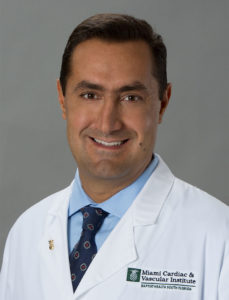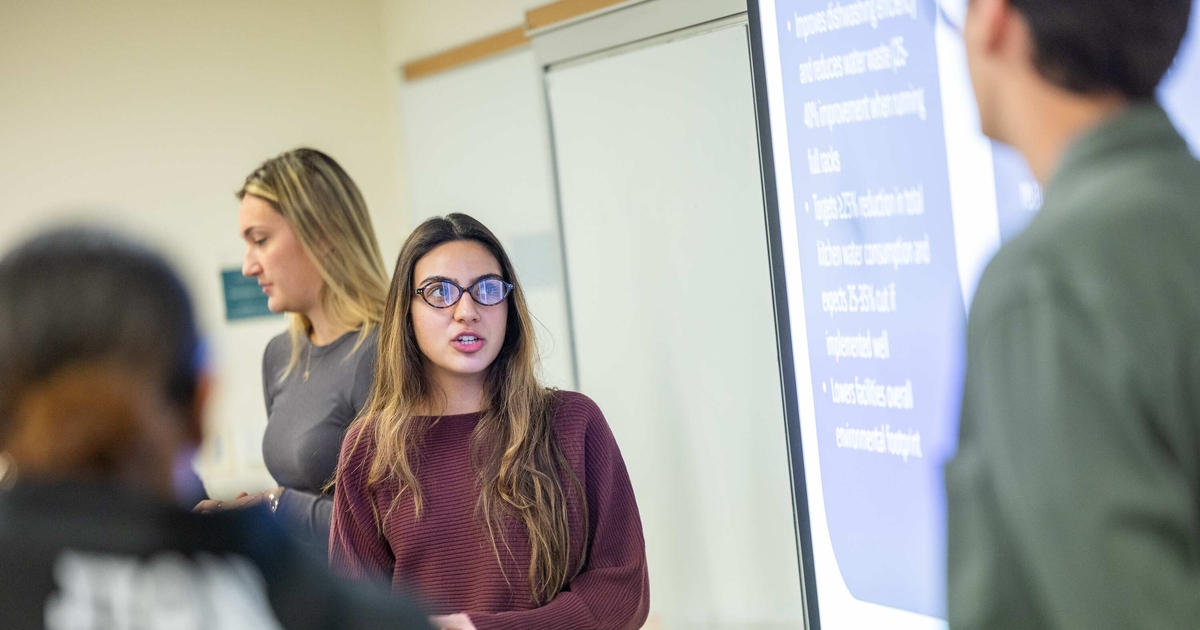Why an MD Decided to Pursue an MBA

On a sunny day last May, Dr. Ricardo Cury MBA’21 stood in a cap and gown in a Babson College campus parking lot, all the pomp and circumstance of Commencement swirling about him.
Cury was surrounded by his classmates from the Babson Miami program. The program’s participants hail from various states and countries, and after all the challenges of going to school during the pandemic, each of them had made the commitment to come together for Commencement. “It’s a big day,” Cury says. “In the beginning of the year, we didn’t know if it would be possible. It’s a dream coming true.”
For Cury, though, the challenges of the pandemic extended far beyond the classroom. He’s a radiologist, which put him right in the middle of the pandemic’s storm, trying to deliver care among the onslaught of a global medical emergency. “We had to adapt quickly to provide great care to patients,” Cury says. And the pandemic came at a time when the healthcare industry already was transforming, facing numerous changes and consolidations.
When he attended medical school, Cury never imagined he might eventually earn an MBA. But, on that sunny May day, given the state of medicine and the complicated issues emanating from both the clinical and business side of the industry, he was glad he did. “It was a tremendous journey,” he says. “It was the best educational experience I ever had.”
Navigating a Complicated Environment
Cury has several clinical and academic positions that keep him busy. He is the president and CEO of Radiology Associates of South Florida, the director of cardiac imaging at Baptist Hospital of Miami and the Baptist Cardiac & Vascular Institute, and professor and chairman of radiology at Florida International University.

To understand both the clinical and business side of medicine, Dr. Ricardo Cury MBA’21 says, is “very powerful.”
From those positions, he has witnessed how the business of medicine is evolving, how mergers have consolidated hospitals and practices, how layers of administration have been added. “You are seeing an increased pace of administrative positions, higher than on the clinical side,” Cury says. “You want more caring for patients, but they’re adding layers of administration. That’s the reality.”
Those new administrative positions have a host of responsibilities: billing, scheduling, marketing, dealing with legal issues and regulations, running technology. “All of that ends up adding jobs,” Cury says.
Before coming to Babson, Cury had realized he needed more skills to deal with the new administrative reality of medicine. He had leadership experience, but that wasn’t enough. “I was really lacking business, innovation, and entrepreneurship skills,” he says. “I saw that would really be important for me to navigate in the complex healthcare environment we are in.”
To understand both the clinical and business side of medicine, he says, is “very powerful.”
Making Ideas a Reality
As he was deciding which MBA program to attend, Cury avoided those which are targeted to medical professionals. Instead of sitting in class with other doctors, he wanted to meet people working in, say, technology, banking, and aviation. “I wanted to learn from other industries,” he says. “Health care is lagging behind, particularly in digital transformation and workplace efficiency. We can apply a lot of concepts from other industries to health care.”
At Babson, Cury was able to find these diverse perspectives, as well the entrepreneurial leadership for which the College is known. People often have big ideas for improving their workplace, Cury says, but they may not have the necessary skills to follow through and execute those ideas. At Babson, he learned how to start a project and improve upon it in a large, complex environment.
“That differentiates the Babson program from others. That part is very strong,” Cury says. “As I was going through the MBA program, I was able to take what I was learning, the frameworks, and go back and apply it.”
Tackling Big Projects
One project Cury took on while at Babson involved the digital transformation of his department. Basically, that meant tackling the problem of paper. Printing out reports, marking them up, and then scanning them had become a burden to clinicians, so Cury set out on the complicated task of eliminating paper from the workplace.
“I was really lacking business, innovation, and entrepreneurship skills. I saw that would really be important for me to navigate in the complex healthcare environment we are in.”Dr. Ricardo Cury MBA’21
To do that, he relied on tools and procedures he learned at Babson. He mapped out the process for eliminating paper, looked for bottlenecks, and considered how to add technological fixes. Along the way, he sought buy-in, measured the impact of what he was doing, and continually made improvements.
Insights he gained at Babson on data analytics informed another of Cury’s projects. He helped to develop an algorithm, powered by artificial intelligence, that analyzes reports from chest computed tomography (CT) scans, searching for keywords related to COVID-19. The algorithm could be used to track and even predict COVID-19 outbreaks, and the research was published in a leading radiology journal.
The ability to take on and complete such elaborate projects offered tangible proof of why coming to Babson was a smart move for Cury. “Without any doubt,” he says, “it was the right choice.”
Posted in Community






